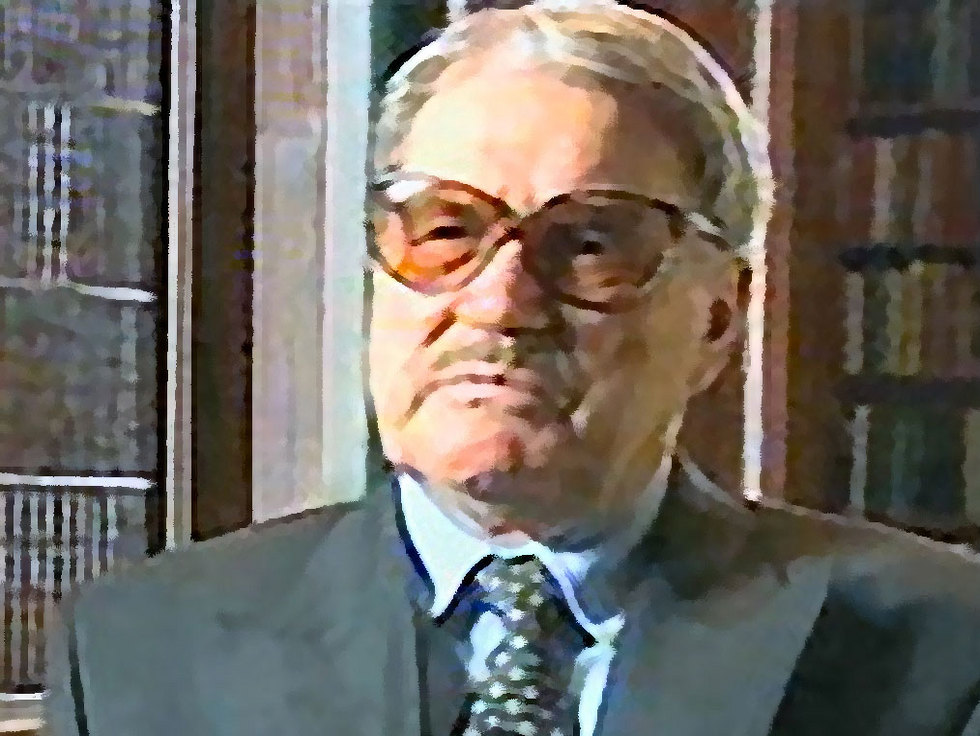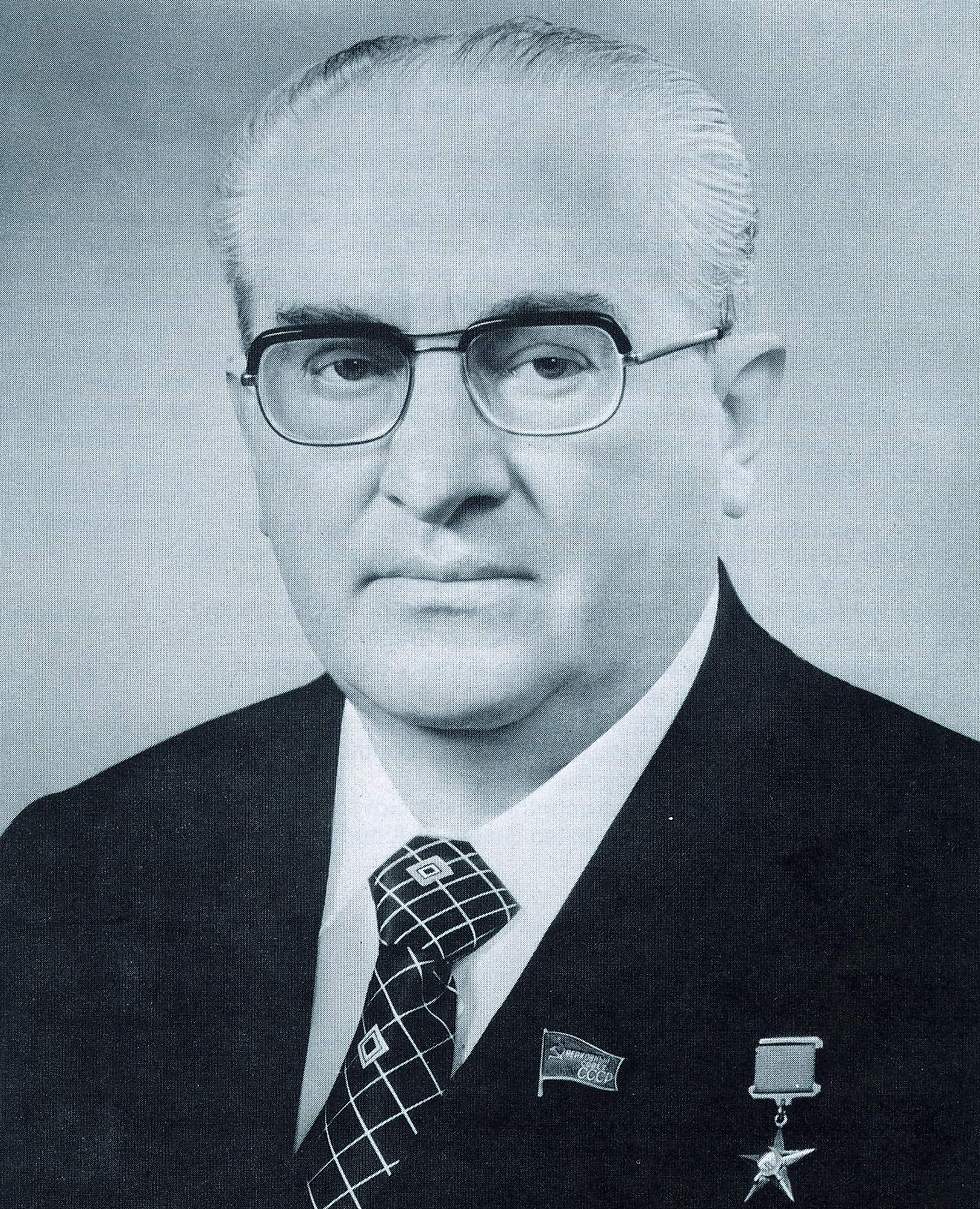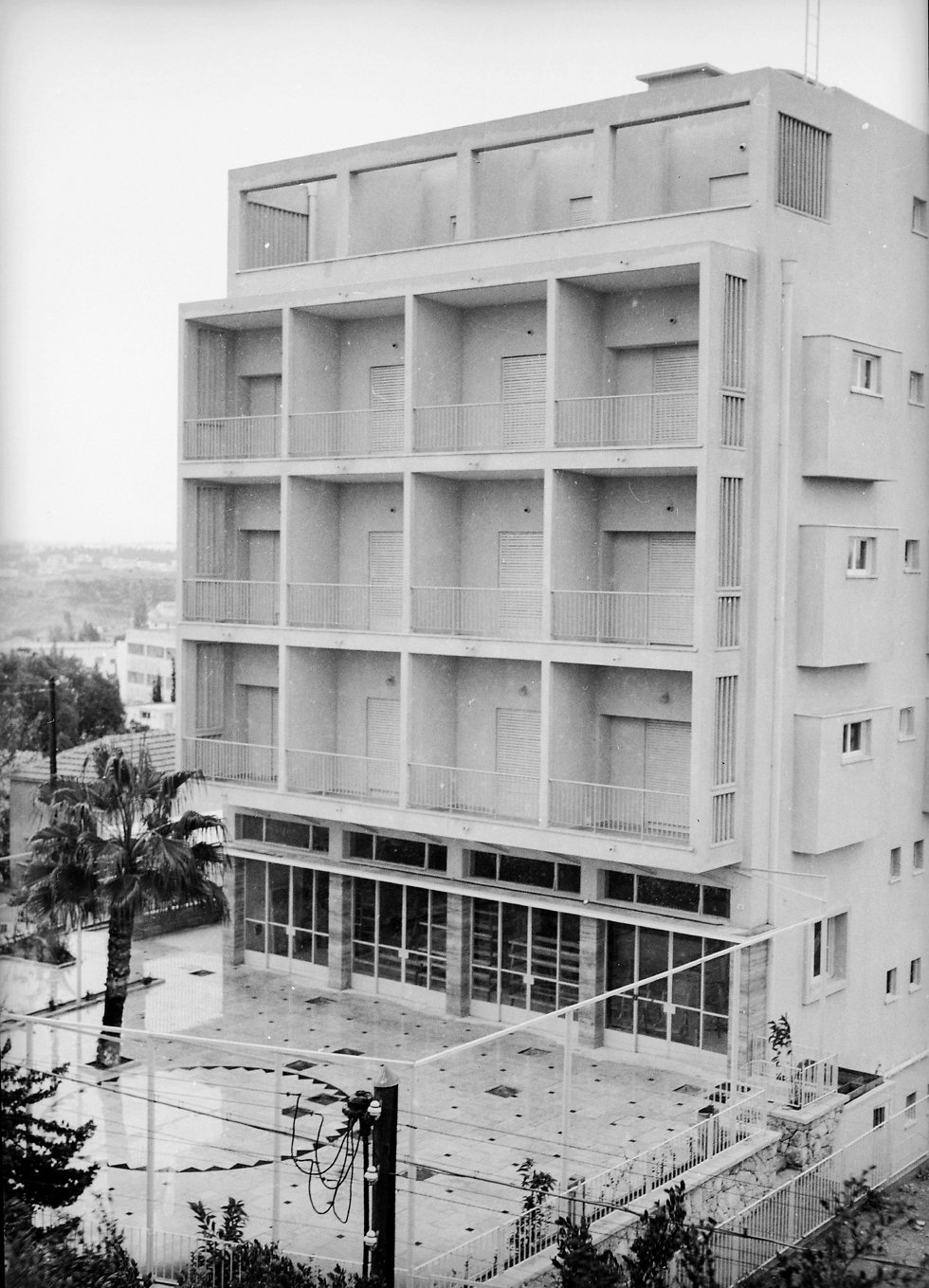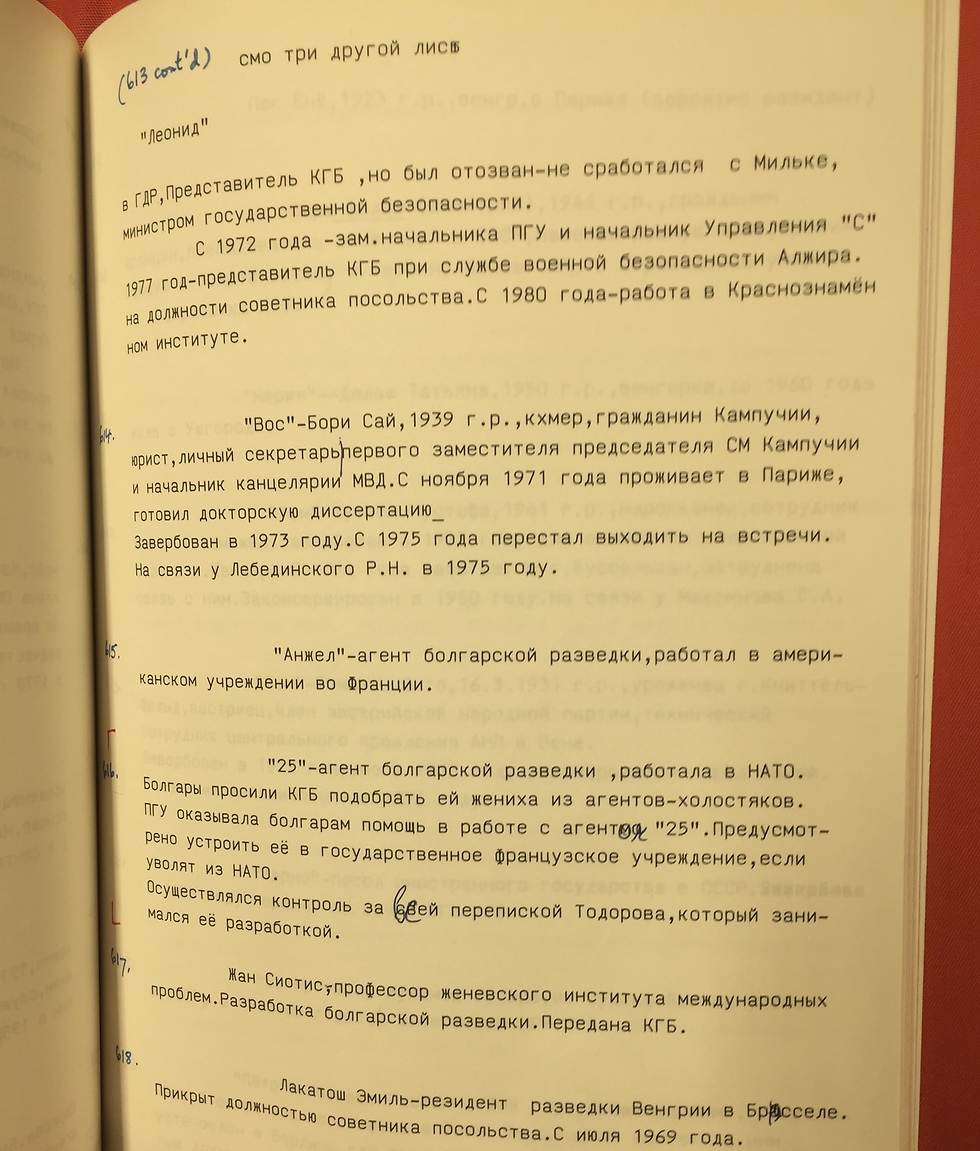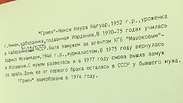
The KGB's Middle East Files: 'Illegals' in Israel
In 1992, Vasili Mitrokhin, a KGB archivist, defected to the West with a trove of top secret documents from the Soviet intelligence agency, which helped expose many Russian agents and assets in Israel and elsewhere. This series of articles explores these documents and brings to light the secrets they revealed. Part 2 of 5.
In October 1970, the office of Yuri Andropov—the head of the KGB at the time and later the general secretary of the Communist Party—issued an operational order at the agency's highest classification level. The order specified the first stage of what was codenamed "Operation TN": "Directorate S," it stated, "is required to start launching 'illegals' on short trips to Israel."
In Soviet intelligence lingo, "illegals" are the organization's elite, like the "fighters" of the Mossad's Caesarea division. The "illegals" underwent exhaustive training, which included learning foreign languages, guerrilla warfare, undercover activity and additional intelligence training. At the end of their training, they underwent a special ceremony, which was performed for each agent separately for compartmentalization purposes. The highlight of the ceremony was a melodramatic oath, in which the trainee declared, "As a worthy son of the homeland, I would rather perish than betray the secrets entrusted to me… With every heartbeat, with every day that passes, I swear to serve the Party, the Homeland and the Soviet people."
Directorate S operated the "illegals" and was considered the most secret and important directorates in the organization. The Operation TN order continued: The "illegals" "will work in Israel and develop a network of contacts and an infrastructure for operations in a bid to establish an 'illegal base' in Israel and to send 'illegals' to Israel for a long stay."
Operation TN was the result of the Russians' ongoing frustration. For years, the KGB saw Israel as a prime target for collecting intelligence and deployed a network of agents to the country, which was operated from the Soviet Embassy and consulates across the country. Many of the Soviet "diplomats" in Israel were intelligence officials who recruited and operated a large number of spies.
But this intelligence heaven ended on June 12, 1967. After the Six-Day War, all members of the Warsaw Pact (apart from Romania) severed their ties with Israel.
Gen. Oleg Kalugin, formerly one of the heads of the KGB's First Chief Directorate—the organizational division responsible for collecting intelligence and special operations outside the Soviet Union—described the situation to me as follows: "We were suddenly blind to what was taking place in Israel, and that greatly hindered our ability to operate in the Middle East."
Soviet intelligence tried to operate through the Russian Church in Jerusalem, but this route was too slow for Andropov. While one of the most important agents, Dr. Marcus Klingberg of the Israel Institute for Biological Research in Ness Ziona, occasionally traveled to conferences abroad where he continued reporting to the Soviets, contact with most of the other agents faded away.
And that is why Andropov decided to launch the intelligence offensive created by Operation TN. He allotted five "illegals"—four men and one woman—to the project. This is an unusual number in the world of intelligence: Building a cover story for each agent is a complicated logistic and intelligence operation, which requires great means. When an operation includes five agents at once, it can mean only one thing: It's very, very important to the boss. Or to the boss's boss.
The operation file describes the selected "illegals": Codenames "Karsky," "Patriya," "Run" and "Yoris," who posed, respectively, as citizens of Canada, Spain, Mexico and Finland. They were all senior KGB officers, and they each had a long and detailed cover story tailor-made for them to explain their stay in Israel. In 1971, the four toured the country to further establish their cover story. This entire activity took place under the nose of the Shin Bet, which was unaware (possibly until now) of the espionage operation.
The person in charge of the four fighters, as chief commander of Operation TN, was an outstanding senior agent who had already been sent on several secret missions. His codename was "Kravchenko," and his real name was Lt. Yuri Fyodorovich Linov. He was 34 years old at the time and spoke eight languages. He was supposed to serve the KGB in its infiltration of America but—to his resentment—was shifted to Israel. Linov received the cover story of an Austrian insurance agent living in Ireland, named Karl-Bernd Motl.
Linov and the four agents under his command were meant to pursue contact with the network of KGB assets that had already been recruited.
The list, as revealed in the Mitrokhin documents, is still astonishing. It includes two Knesset members, one of them a member of the Foreign Affairs and Defense Committee; a veteran IDF general who served as a member of the General Staff not too long ago; two foreign ambassadors; a senior employee at the German Embassy in Israel; one of the founders of Israel's water system, who played an important role in the establishment of the National Water Carrier (an issue the KGB saw as strategically important); a prominent intellectual; several media personalities; and two agents from within the intelligence community, one of them under code name "Malinka," likely a senior official in the Shin Bet's Counterintelligence Division. And this is just a partial list.
Commander Linov arrived in Israel twice to explore the country. On the second time, in June 1971, he even attended a Hebrew-language school in Jerusalem and graduated as the class's top student.
He used his visits to tour places near strategic sites, including the reactor in Dimona, military bases and the National Water Carrier facilities. The information he collected was broadcast to his operators through a radio receiver hidden in the room he rented at Tel Aviv's Grand Beach Hotel.
The third time Linov landed in Israel, in February 1973, he began his main mission: Renewing contact with the network of agents.
But Linov did not get much done. The first agent he met, codenamed "Leon," who was actually one of the least important ones on the list, told a friend about his encounter. He did not know that his friend knew someone from the Shin Bet, and "Leon" was taken in for questioning. The Shin Bet suggested that he cooperate in exchange for a lenient prosecution, and "Leon" gave in and agreed. His next meeting with Linov was secretly monitored by members of the Shin Bet's operations unit "Birds" (tziporim in Hebrew).
"The plan," recounts a Shin Bet official who was involved in the operation, "was to continue following Linov for a long time, and thereby to collect the information about his activity and the network he was supposed to operate."
But then, for reasons which veteran Shin Bet officials disagree with to this very day, the order was given to arrest Linov—immediately. Before the Shin Bet operatives were able to break into his hotel room, Linov managed to destroy his files, throwing them into the toilet.
"Our big hope, to expose the network of agents, went down the drain because of that bizarre order," says the Shin Bet official.
Linov admitted in his interrogation that he was indeed a KGB "illegal," spoke about his career in the organization and even revealed some of his activity in Israel. He was sentenced to 18 years in prison but was released the following year as part of a prisoner-exchange deal.
Although the Shin Bet took a lot of pride in capturing Linov, the most senior KGB operative to ever be caught in Israel, the early arrest caused a lot of damage.
When Linov returned to the Soviet Union, he was treated in a tough and humiliating manner because he had been caught and was suspected of disclosing many of the secrets he knew. But he did not, in fact, turn in the other four "illegals" to the Shin Bet and maintained secrecy regarding almost all of the remaining assets at their disposal. "Malinka," for example, the spy who was planted deep inside the Shin Bet's Counterintelligence Division, was free to continue his activity undisturbed.










